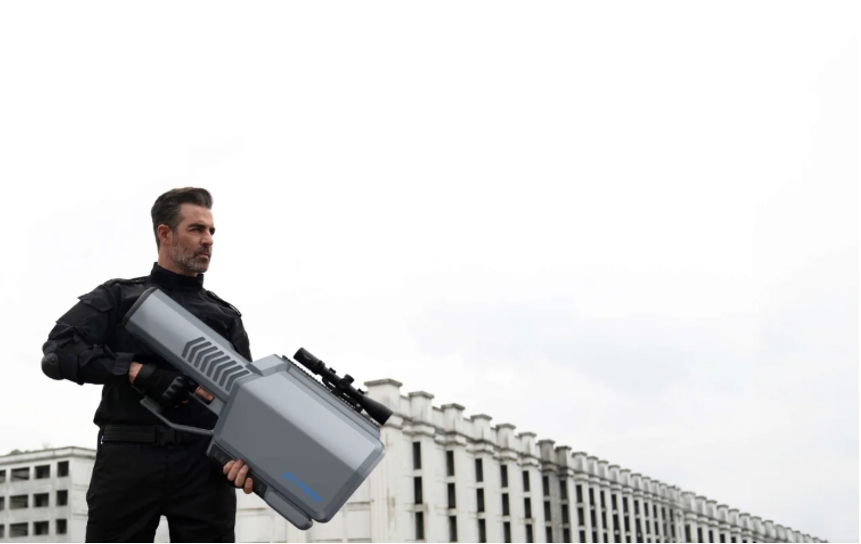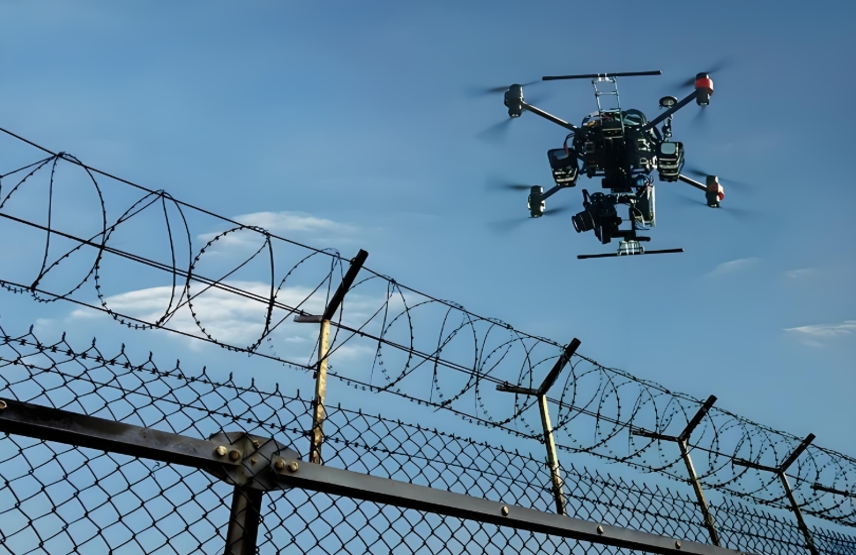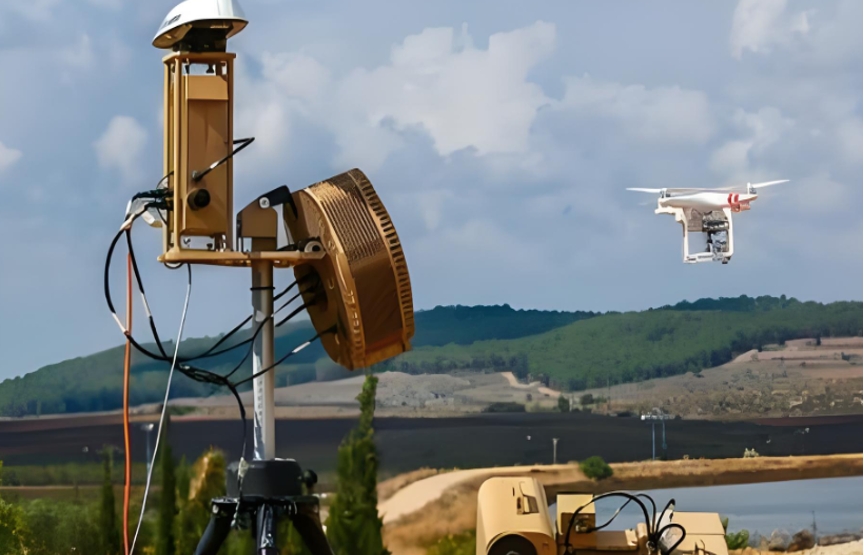
Welcome! Unlock Your First Offer Here

Welcome! Unlock Your First Offer Here

Welcome! Unlock Your First Offer Here
China's top anti-drone jammer manufacturer

As drones continue to soar in popularity and functionality, they’ve also become a growing threat across sectors. Whether it’s airport disruptions, military surveillance, prison smuggling, or unauthorized filming at major events, rogue drones are no longer hypothetical—they’re a daily reality. That’s where drone jammers come in.

These systems, which block key frequencies like GPS, Wi-Fi, and radio control signals, are critical tools for modern airspace defense. But not all jammers are created equal. Each deployment environment—urban or rural, civilian or military—has its own risk profile and technical demands. In this article, I’ll walk you through the top 10 use cases for drone jammers, backed by real-world specs, tactical examples, and configuration insights.
Airports are zero-tolerance zones for drone activity. A rogue UAV near a runway can halt takeoffs, trigger mass delays, or worse—cause a midair emergency.

Best solutions:
Key focus:
Interfering with GPS L1/L2 (1575–1620 MHz) and control bands like 2.4GHz and 5.8GHz to initiate emergency drone landings. These systems must achieve high ISR (interference-to-signal ratio) without affecting civilian comms.
In military environments, drones aren’t just nuisances—they’re active threats. Reconnaissance, electronic warfare, or swarm attacks require high-power, all-weather defenses.

Example hardware:
What sets these apart:
Ruggedized frames, real-time power control, and GaN semiconductors that sustain thermal loads in desert or sub-zero climates. Often paired with radar for automatic direction-finding and target tracking.
From Super Bowls to concerts and protests, events packed with thousands of people are vulnerable to drone-related risks—ranging from unauthorized filming to payload delivery.

Rapid response tools:
Standout features:
Fast activation (<3s), low visual profile, and ISR ≤10:1. Designed for quick deployment and minimal collateral interference in densely populated areas.
Drug runners and smugglers increasingly use drones to cross borders and coastal zones. Here, mobility and range matter most.

Top picks:
Add-ons:
Satellite coordination systems, GPS spoofing detection, and directional antenna arrays to limit interference to hostile drones only.
Drones targeting a power plant or refinery don’t just risk damage—they threaten national safety. Infrastructure sites demand precision jamming with minimal signal spillover.

High-performance options:
Strategy:
Use frequency hopping to counter adaptive UAVs, and integrate jamming control into SCADA or facility monitoring dashboards. Some sites now deploy thermal cameras alongside for visual confirmation.
Today’s contraband courier doesn’t wear a mask—they fly. Drones dropping phones, drugs, or tools over prison walls are becoming common.
Smart choices:
Success metric:
Precision jamming. The system needs to prevent drone delivery without disturbing internal communication networks or nearby civilian infrastructure.
Smart cities are on the rise—and so are drone traffic issues. From delivery trials to survey flights, the urban sky is crowded.
City-grade jammers:
System synergy:
Connects with municipal platforms to analyze UAV flight data, enforce no-fly zones, and even re-route drone traffic via AI conflict resolution tools.
Out in the countryside, drones can be used for illegal surveillance, livestock disruption, or crop sabotage.

Budget-friendly gear:
Unique twist:
Some setups are linked with soil moisture sensors—when a drone approaches, the jammer auto-activates to protect irrigation or pesticide routines.
During floods, fires, or earthquakes, unauthorized drones can clash with rescue helicopters or invade sensitive areas.
Emergency-ready units:
Tactical edge:
These mobile jammers suppress GPS and 2.4 GHz—typical of commercial drones—and secure temporary relief camps or disaster zones without needing permanent setups.
With drone deliveries becoming the norm in cities like Shenzhen or Dubai, last-mile control is everything. Jammers help enforce geofences and prevent rogue flights near loading zones.

Air traffic managers:
Operational tip:
Integrate jamming with live telemetry—if a drone deviates from its path, the system activates jamming only around that object, leaving friendly drones untouched.
| Feature | Handheld Jammer | Fixed/Vehicle Jammer | Backpack Jammer |
|---|---|---|---|
| Weight | 3–5 kg | 50+ kg | 8–15 kg |
| Range | 1–2 km | 3–5+ km | 1.5–2.5 km |
| Power Source | Battery (1–2 hours) | AC / Generator | Battery (1.5–2 hours) |
| Frequency Flexibility | Mid (2–4 bands) | High (5–10+ bands) | High (5–8 bands) |
| Mobility | Excellent | Low | Medium |
| Cost Efficiency | High | Medium–High | Medium |
| Ideal Use | Events, Prisons | Airports, Military, Borders | Public Safety, Mobile Ops |
There’s no universal jammer that fits all needs. The key is matching the jammer’s power, frequency range, and form factor to the specific threats and terrain. Whether you’re guarding a nuclear site, managing urban drone traffic, or protecting crops from snooping, the right jammer is the one that works with your environment—not against it.
Drone threats are evolving fast—and so must our defenses. If you’re planning a deployment, start with the scenario, define the threat vectors, and select gear that balances range, agility, and reliability. Because in the battle for low-altitude control, seconds and signals matter.